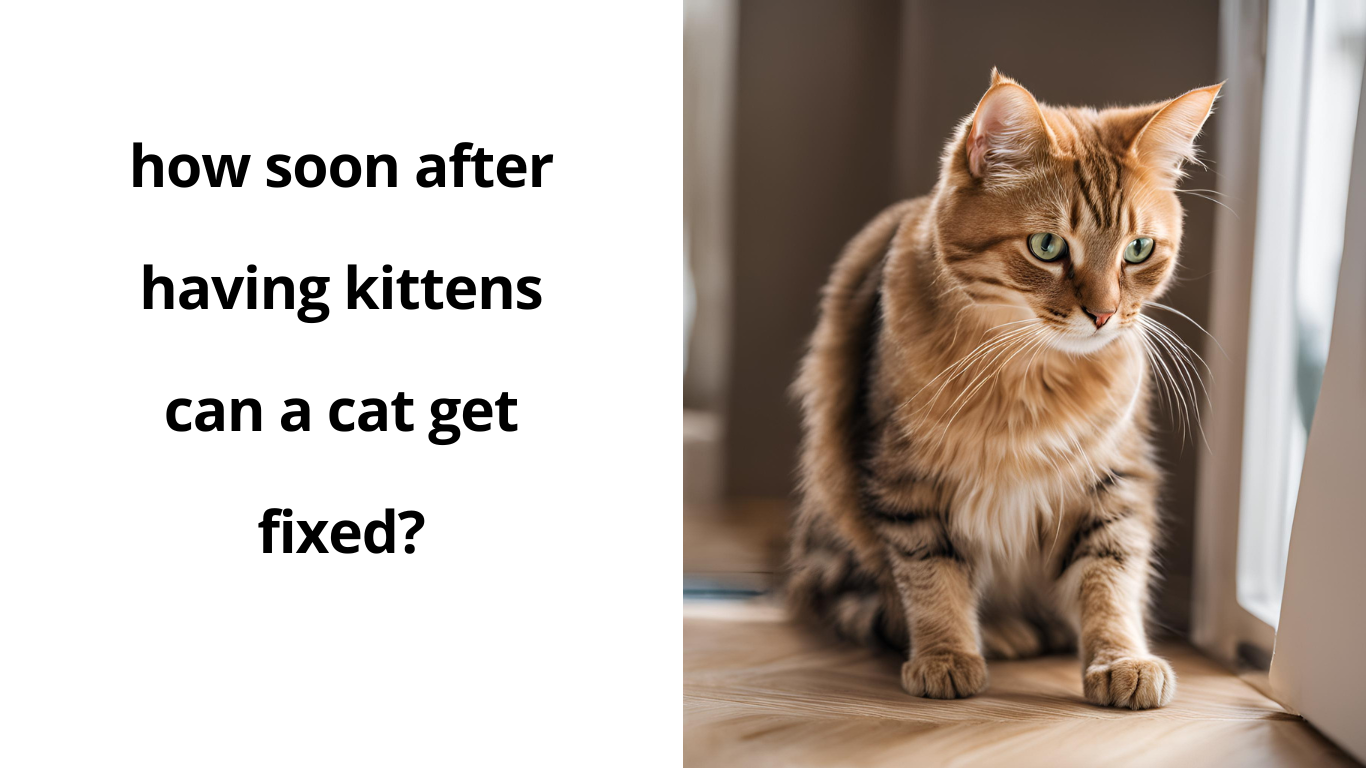Introduction:
Cat urine, while a common household issue for cat owners, can pose more significant concerns than just unpleasant odors. Beyond being a mere inconvenience, cat urine contains compounds that can lead to health hazards if not properly addressed. This article explores the potential risks associated with cat urine, including exposure to ammonia, allergic reactions, and zoonotic diseases, as well as the structural damage it can cause in homes. Learn how to protect your health and maintain a clean environment with practical prevention and management strategies.
Health Risks Associated with Cat Urine
1. Ammonia Exposure
Cat urine contains high levels of ammonia, a strong-smelling gas that can become concentrated if not cleaned up promptly. Prolonged exposure can lead to serious health issues.
Respiratory Irritation
Inhaling ammonia fumes can irritate the respiratory tract, causing symptoms such as coughing, throat irritation, and shortness of breath. Those with asthma or other pre-existing respiratory conditions may experience worsened symptoms when exposed to cat urine odors.
Vulnerable Populations
Infants, the elderly, and individuals with weakened immune systems are particularly vulnerable to the effects of ammonia exposure. For these groups, even mild exposure can result in significant health complications, including respiratory infections.
2. Allergic Reactions
For some people, cat urine can trigger allergic reactions, compounding the issue of indoor air quality.
Common Symptoms
Common symptoms of allergic reactions to cat urine include sneezing, watery eyes, and skin irritation. These symptoms are often mistaken for seasonal allergies, but they can persist if the source is not addressed.
Severe Reactions
In more severe cases, individuals may experience difficulty breathing or hives. Chronic exposure can exacerbate these conditions, especially if the urine remains in carpets or upholstery, allowing allergens to linger.
3. Zoonotic Diseases
Cat urine can harbor pathogens that lead to zoonotic diseases—illnesses transmitted between animals and humans. Understanding these risks is essential for protecting yourself and your family.
Toxoplasmosis
Transmission: Toxoplasmosis is primarily associated with cat feces, but indirect exposure can occur if urine contaminates the environment. Pregnant women are particularly at risk, as the infection can harm an unborn child.
Symptoms: Symptoms range from mild flu-like conditions to more severe complications such as vision problems and neurological issues in individuals with weakened immune systems.
Cryptosporidiosis
Causes: Caused by the Cryptosporidium parasite, this illness can spread via contaminated surfaces, including areas affected by cat urine.
Symptoms: Symptoms include diarrhea, stomach cramps, and dehydration, which can be severe in young children or those with compromised immunity.
Escherichia coli (E. coli) Infections
Sources of Infection: E. coli bacteria can sometimes be present in environments contaminated by cat urine and feces, particularly in multi-cat households with inadequate cleaning.
Symptoms: E. coli infections may result in abdominal pain, diarrhea, and in severe cases, kidney complications.
Structural Damage
Beyond health risks, cat urine can lead to extensive structural damage in your home if left unaddressed.
Material Degradation
The compounds in cat urine can break down various materials over time, compromising their integrity.
Carpets and Upholstery
Urine that seeps into carpets and upholstery can cause permanent staining and lingering odors. Over time, this can lead to the need for costly replacements.
Wood Surfaces
Wood floors and furniture are particularly susceptible to damage from cat urine, which can warp or discolor the material if not cleaned promptly.
Prevention and Management
Maintaining a clean and safe home environment is crucial for minimizing the risks associated with cat urine.
Regular Cleaning Practices
Daily Maintenance
Clean up urine accidents as soon as they occur using enzymatic cleaners designed to break down the compounds in cat urine.
Weekly Deep Cleaning
Conduct deep cleanings of areas where your cat frequently urinates, ensuring any hidden spots are addressed to prevent build-up.
Protective Measures
Use of Gloves and Masks
Always wear gloves and masks when cleaning cat urine to minimize direct exposure to harmful compounds like ammonia and potential pathogens.
Ventilation
Ensure proper ventilation in your home to reduce ammonia concentration and improve air quality.
Professional Assistance
When to Seek Help
If urine accidents are frequent or extensive, consider hiring professional cleaning services or consulting a veterinarian to address underlying behavioral issues.
Behavioral Considerations
Training your cat to use the litter box effectively is a critical aspect of prevention.
FAQs About Cat Urine Health Hazards
How Can I Safely Clean Up Cat Urine to Avoid Health Risks?
Use enzymatic cleaners, wear gloves and masks, and ensure proper ventilation to safely clean up cat urine. Avoid using ammonia-based cleaners, as they can intensify the smell and confuse your cat.
What Are the Symptoms of Toxoplasmosis from Cat Feces?
Symptoms include flu-like signs such as fever, muscle aches, and swollen lymph nodes. In severe cases, vision problems and neurological issues may occur.
How Does Ammonia in Cat Urine Affect Respiratory Health?
Ammonia fumes can irritate the respiratory system, causing coughing, throat irritation, and exacerbation of asthma symptoms, especially in vulnerable populations.
Can Cat Urine Cause Long-Term Health Issues?
Prolonged exposure to ammonia in cat urine can lead to chronic respiratory problems, while indirect exposure to zoonotic diseases can cause more severe long-term health issues.
What Should I Do If I Have Multiple Cats and a Lot of Urine Accidents?
Increase the number of litter boxes and clean them frequently. Address any behavioral issues with the help of a veterinarian, and implement daily cleaning routines to manage accidents.
What Are the Best Methods to Remove Cat Urine Odor from Carpets?
Use enzymatic cleaners specifically formulated for pet urine. Baking soda and vinegar can also help neutralize odors when used carefully.
How Can I Prevent My Cat from Urinating in the House?
Ensure your cat has access to clean litter boxes, address stressors that may trigger inappropriate urination, and consult a veterinarian if the behavior persists.
Are There Natural Remedies for Cleaning Cat Urine?
Yes, a mixture of baking soda, vinegar, and water can help neutralize odors and clean affected areas naturally. However, enzymatic cleaners are more effective for breaking down urine compounds.
What Are the Health Risks of Not Cleaning Cat Urine Properly?
Failing to clean cat urine promptly can result in ammonia exposure, allergic reactions, and increased risk of zoonotic diseases like toxoplasmosis and E. coli infections.
How Can I Train My Cat to Use the Litter Box Correctly?
Place litter boxes in quiet, accessible areas, clean them frequently, and use positive reinforcement to encourage your cat to use them consistently.
Conclusion
Cat urine is more than just a nuisance; it poses significant health risks and can cause extensive damage to your home. By understanding these risks and implementing regular cleaning practices, protective measures, and behavioral training, you can maintain a healthy and safe environment for both your family and your feline companions.
Actionable Tip: Conduct an audit of your home today to identify areas that may need attention. Start implementing the strategies outlined in this guide to improve your home’s cleanliness and your family’s well-being. For severe issues, consult a professional cleaner or a veterinarian.





